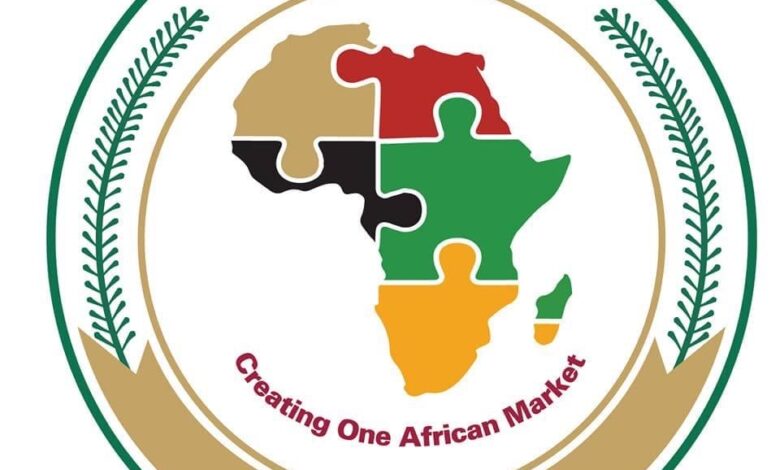Trade in Africa: AfCFTA’s two phase trade areas

Trade in Africa is one of the ways that keeps many African nations united. It has been in existence since before the scramble of Africa. The African Continental Free Trade Area (AfCFTA) promises to grow this even further. Moreso, it is a free trade area that will enable a sustainable and self-sufficient Africa. The AfCFTA’s trade areas are in two phases.
The first phase includes trade in goods and services. Also, it includes dispute settlement mechanism as well as customs and trade facilitation. The second phase includes intellectual property rights and investment. Additionally, competition policy, digital trade and women and youth in trade are also part of the second phase.
First phase of AfCFTA, trade in Africa
Firstly, trade in Africa will include trade in goods focusing on creating a single African market. This is through application of the Protocol on Trade in Goods and Competition. Also, there is facilitation of all negotiations on Trade in Goods and Services. There will be provision of technical advice to the Chairperson, State Parties and non-State Parties.
Secondly, trade in services, to liberalise trade in services in Africa. The AfCFTA protocol will see the gradual removal of restrictions that do not align with the trade area’s agreement. Additionally, this trade will align with the AfCFTA protocol on trade in services, the negotiating guidelines for services negotiations under the AfCFTA protocol on trade in services, and the AfCFTA modalities for services negotiations. This is in two ways: by State Parties committing to liberalise and development of regulatory frameworks for it.
Finally, the first phase in trade in Africa, will include dispute settlement mechanism as well as customs and trade facilitation. The former focuses on civil, transparent and swift resolution of disputes between State Parties. The latter ensures facilitation of the enforcement of the agreed rules among State Parties. This is regarding tariff offers, rules of origin and management of borders just to mention a few.
Second phase of the AfCFTA trade areas
Moreover, the second phase will focus on intellectual property rights. The promotion and protection of intellectual property rights are vital to achieve the AfCFTA objectives. It is vital to protect and encourage inventions and creation among people of member states. Additionally, this ensures that creatives’ and innovators’ intellectual property is safe from theft.
Moreso, investment and competition policy are also part of the second phase. Financial investment is vital for any form of business. Be it large scale or small scale. AfCFTA is no different, ensuring that investors and State Parties benefit from this investment is important for reaching the AfCFTA objectives of successful trade in Africa. Competition policy motivates companies to offer consumers goods and services on the most favourable terms. It promotes structure and innovation. It also reduces prices within the AfCFTA market. Healthy competition is necessary for making market economies to function well.
Finally, digital trade as well as invlovement of women and youth in trade as part of the trade area will benefit a lot of people. The former will boost intra-Africa trade faster. The world is now digital and Africa benefits as well. Tading digitally is fast and reliable. The latter focuses on the specific limitations and hurdles women face when trading on the continent. It will create an environment that allows women to utilise the AfCFTA by accessing wider markets, improving their competitiveness, and participating in regional value chains.
These two phases of AfCFTA areas of trade will further open up African nations to other African nations. It will help strengthen trust, reliance and dependence on each other. Intra- Africa trade will make the African continent stronger and self-sufficient.




